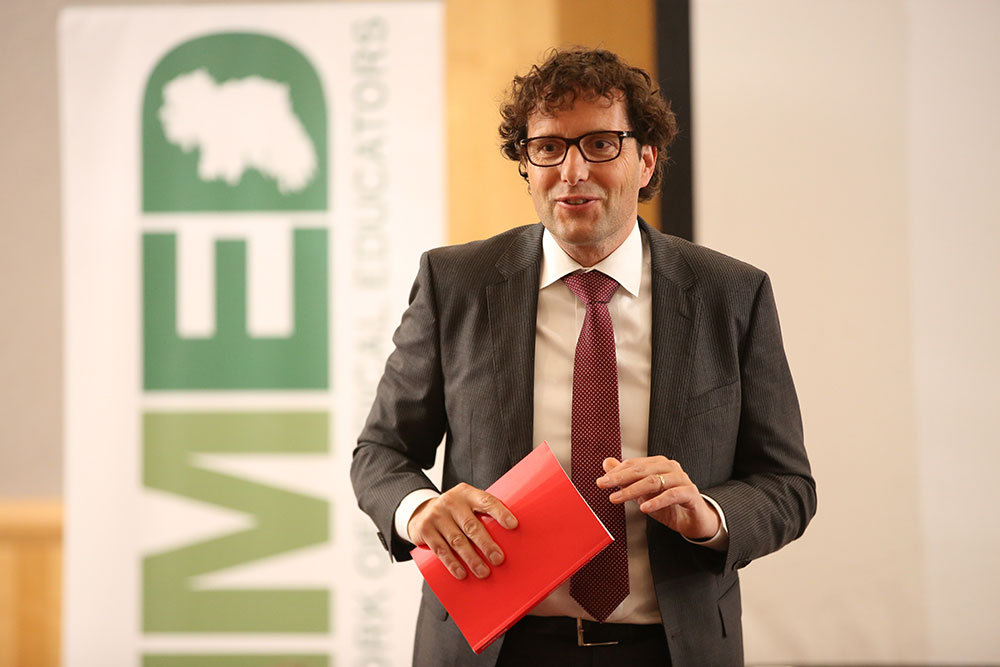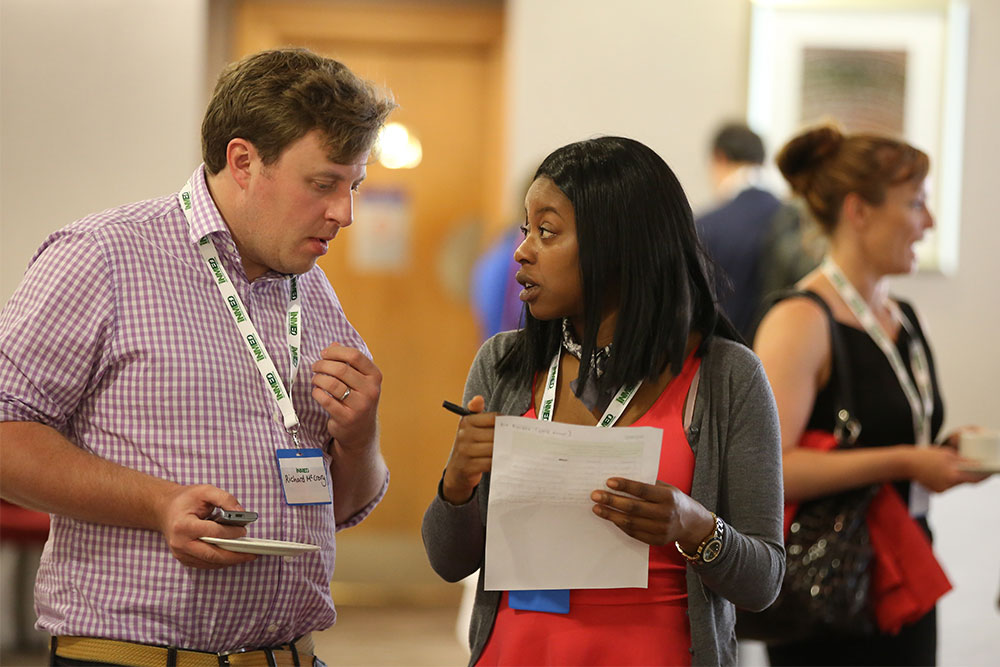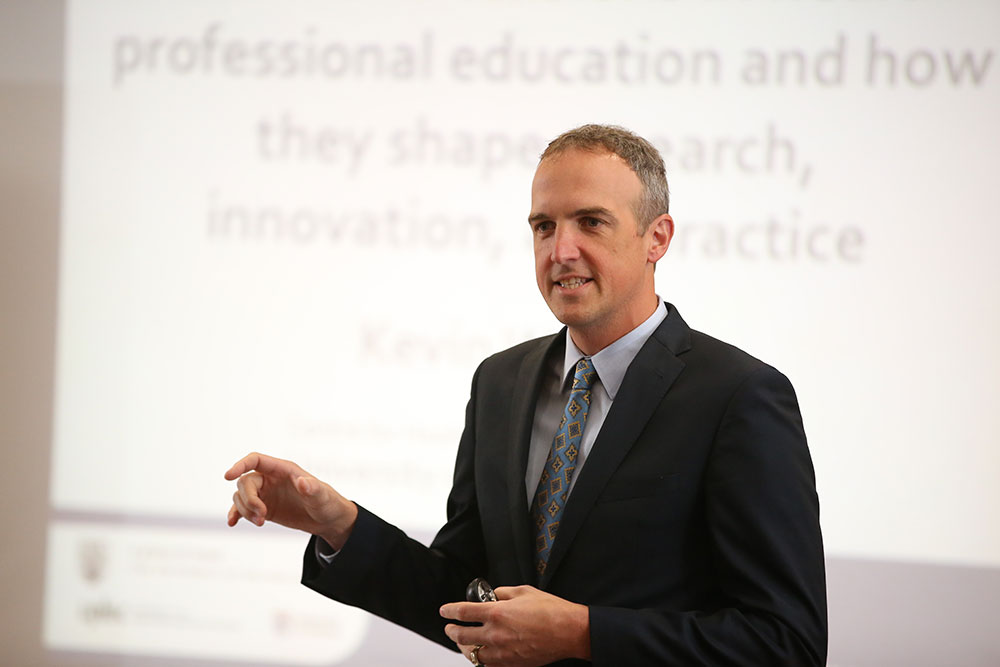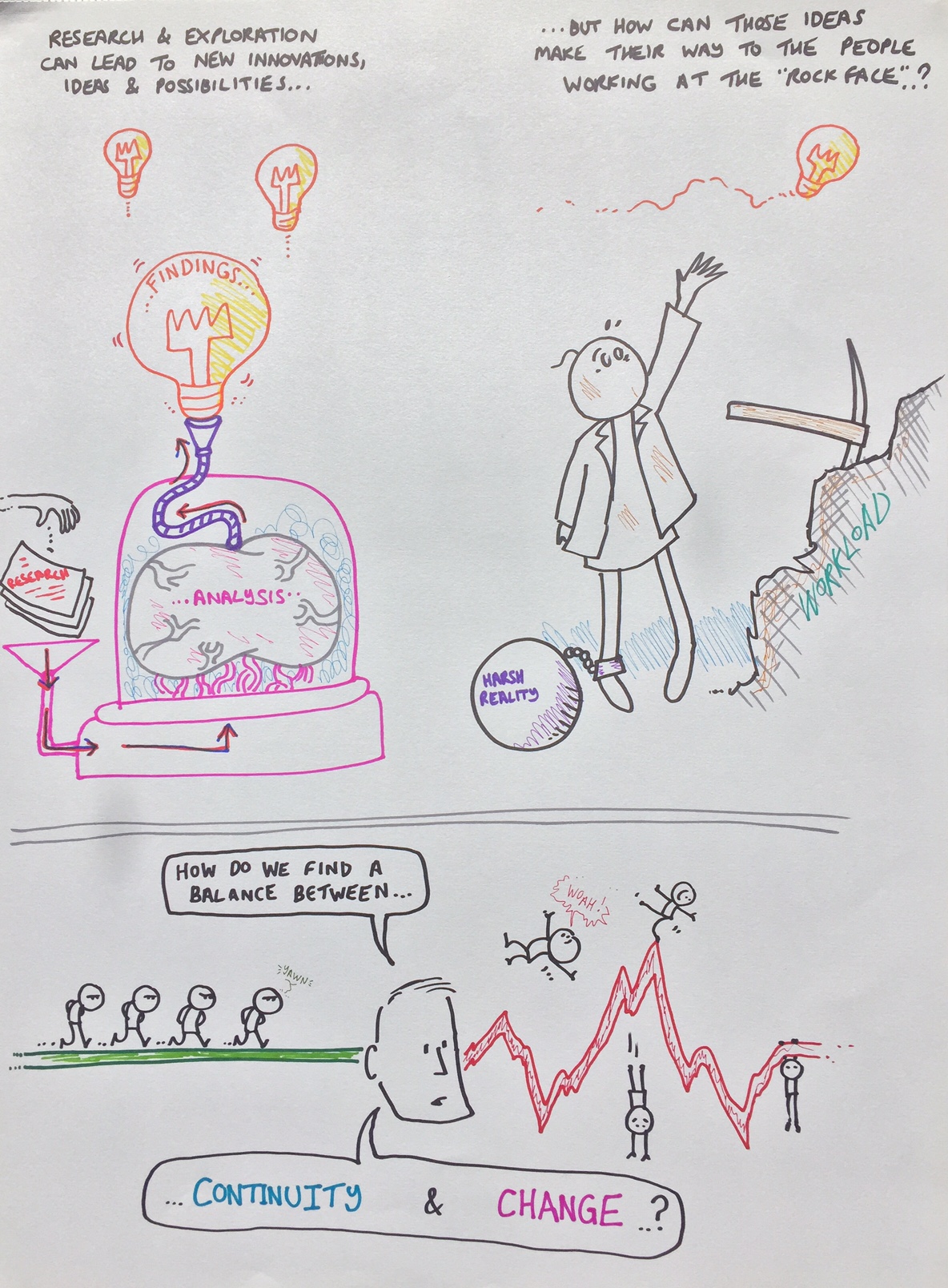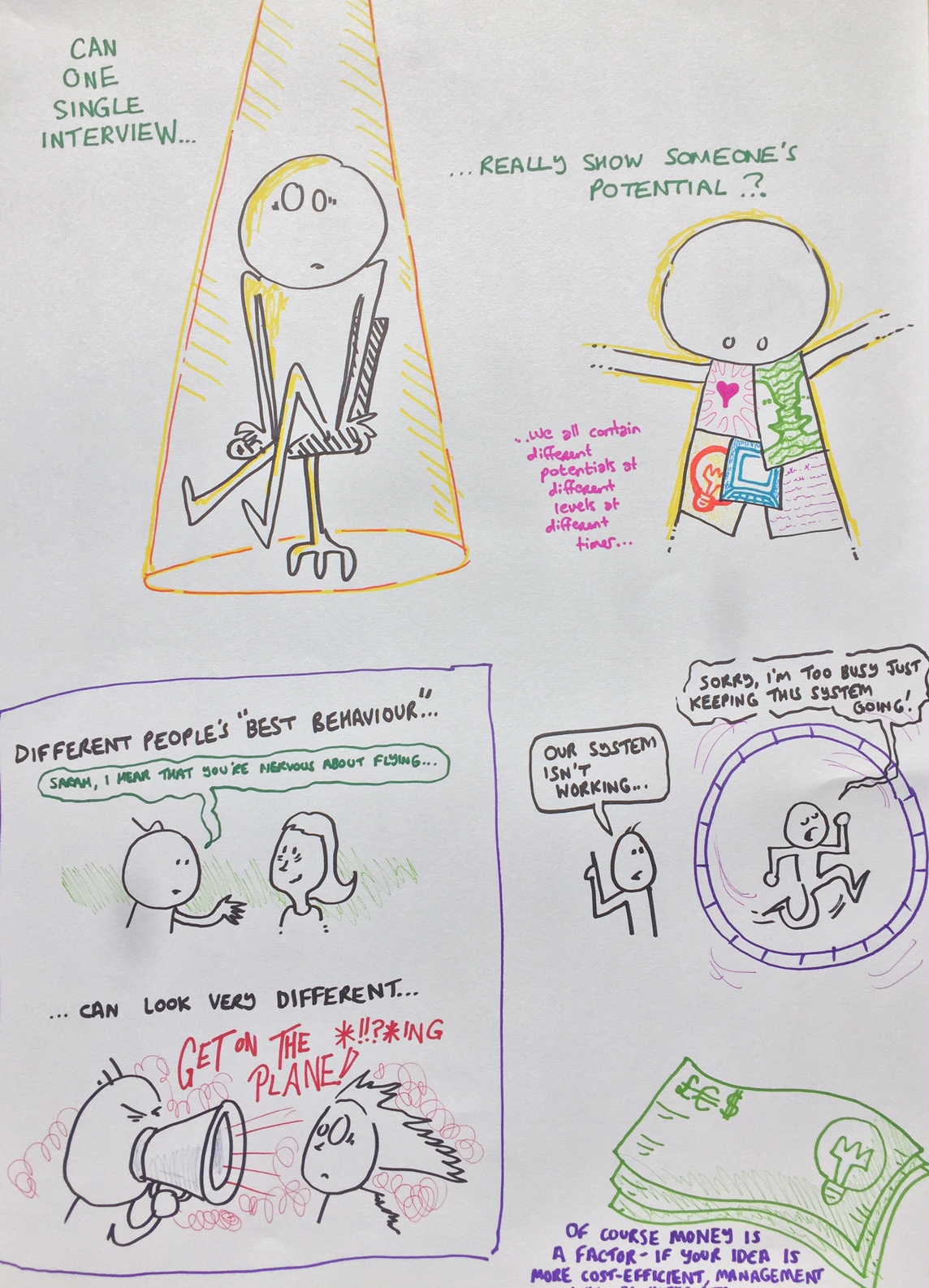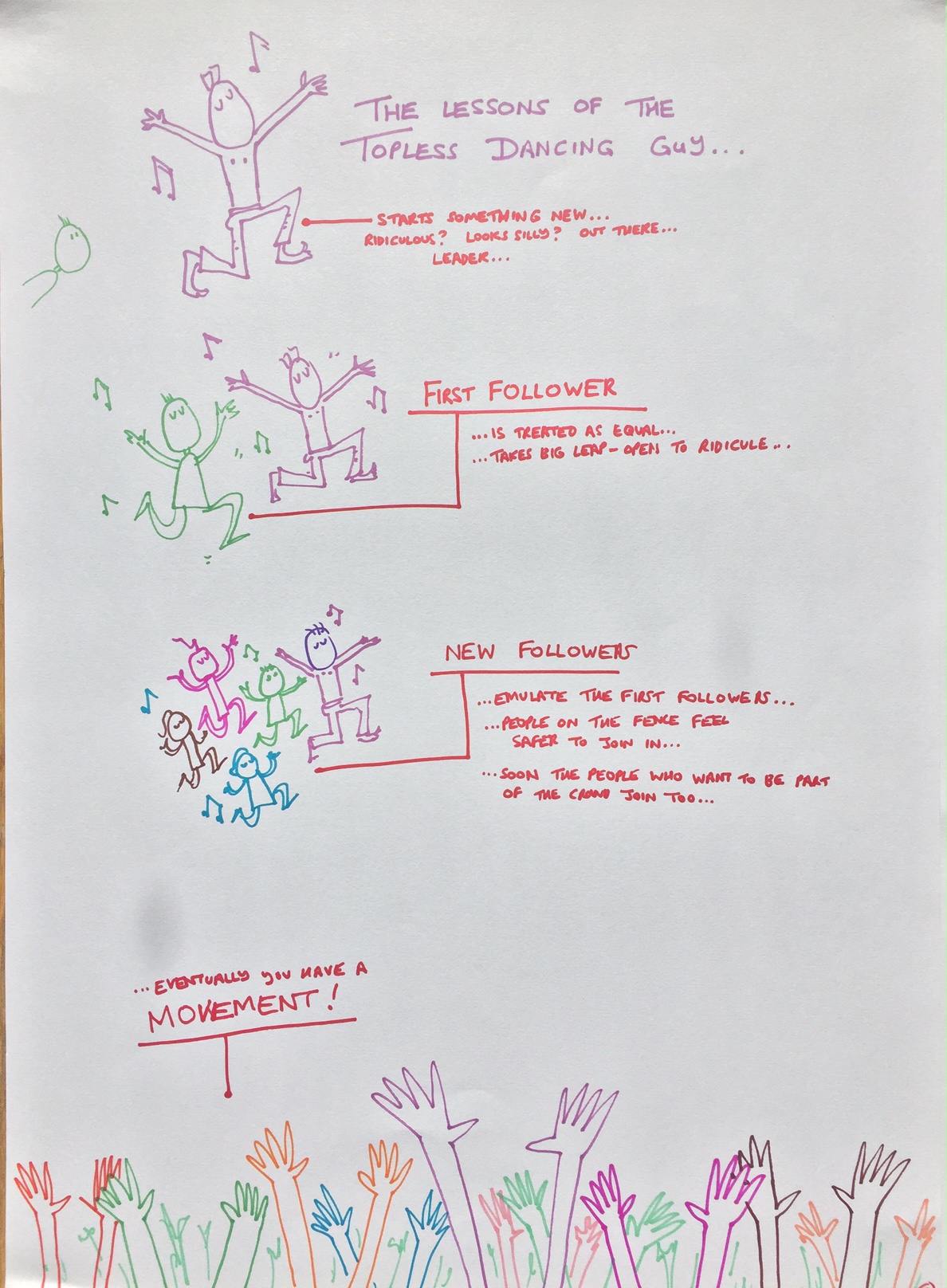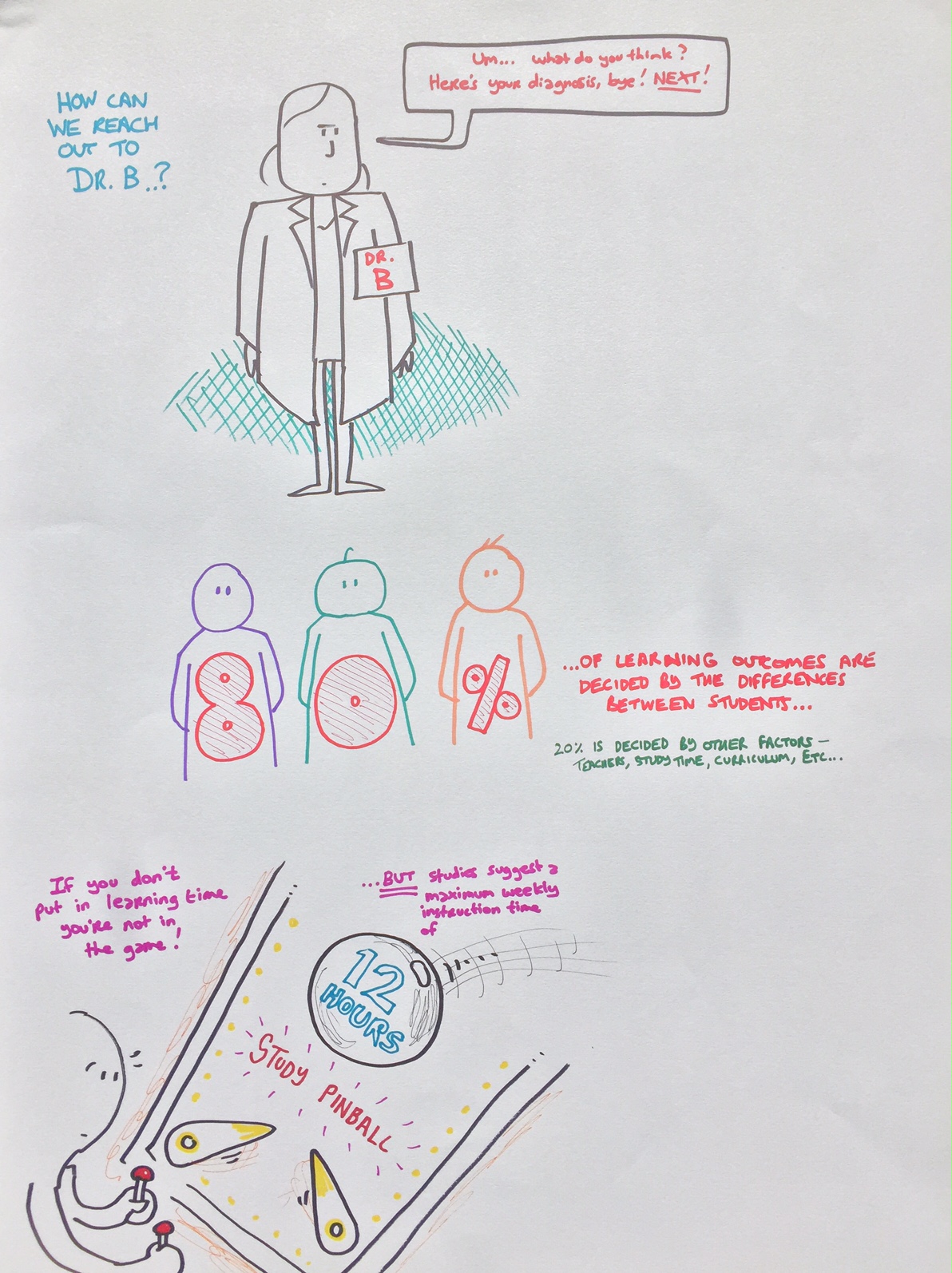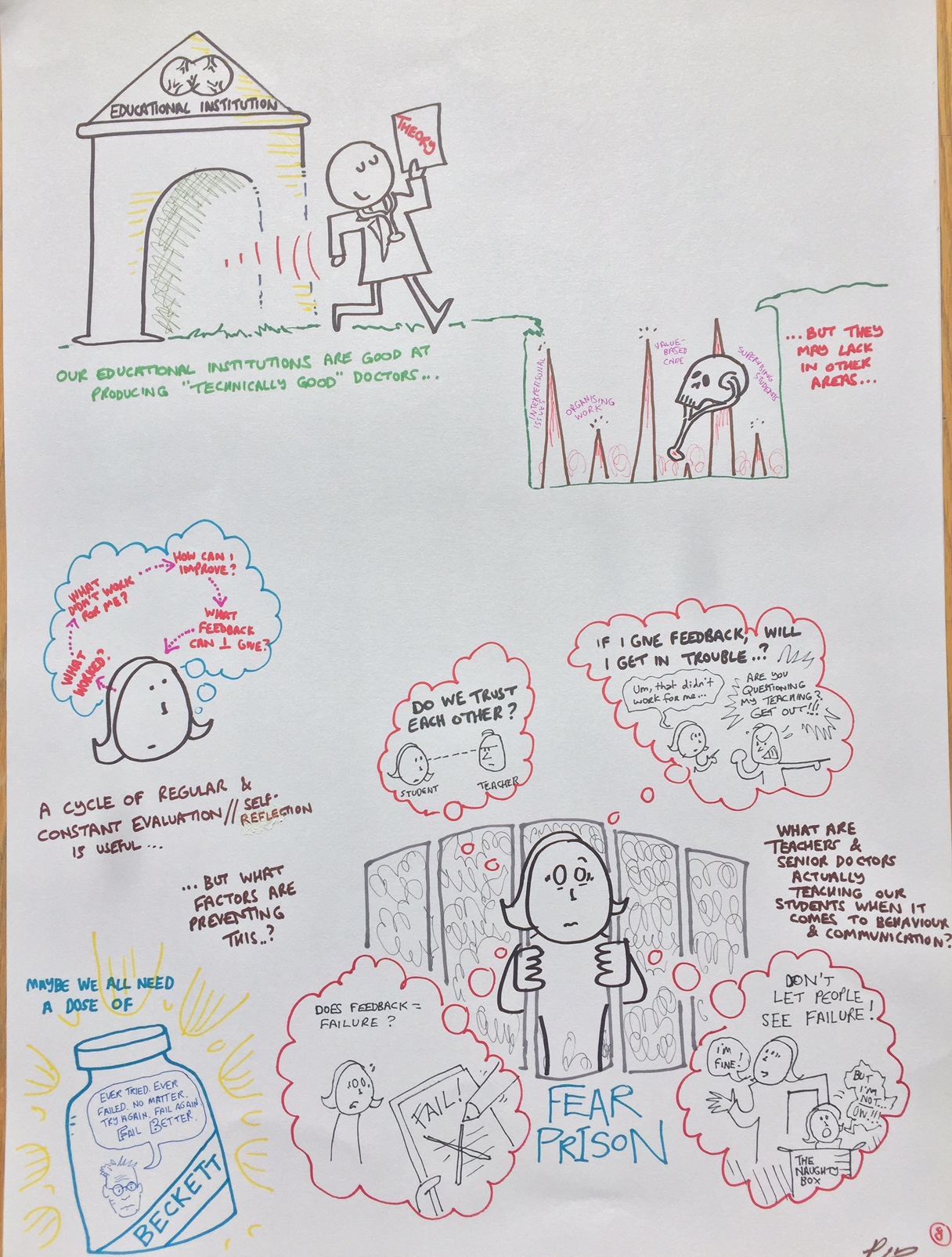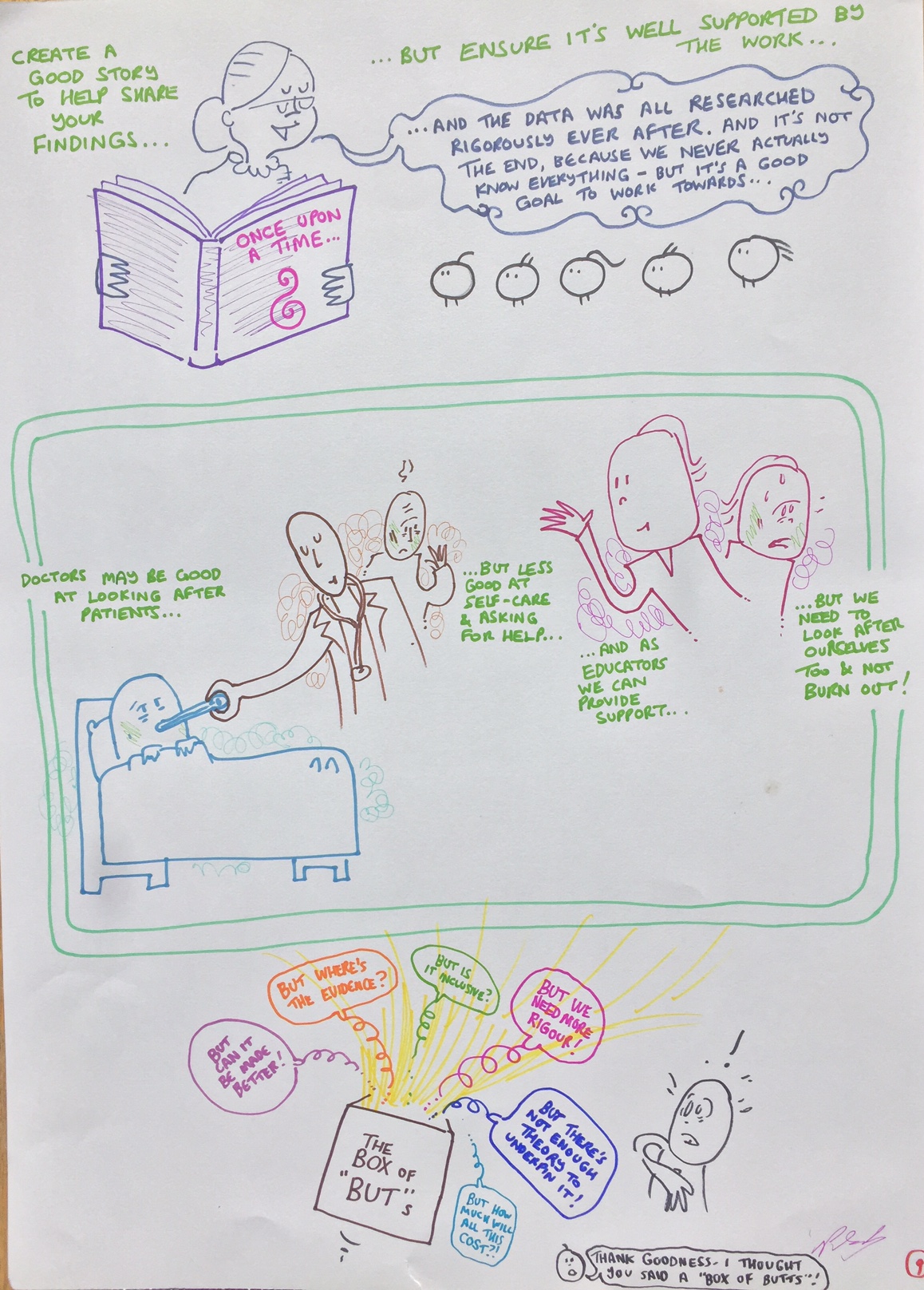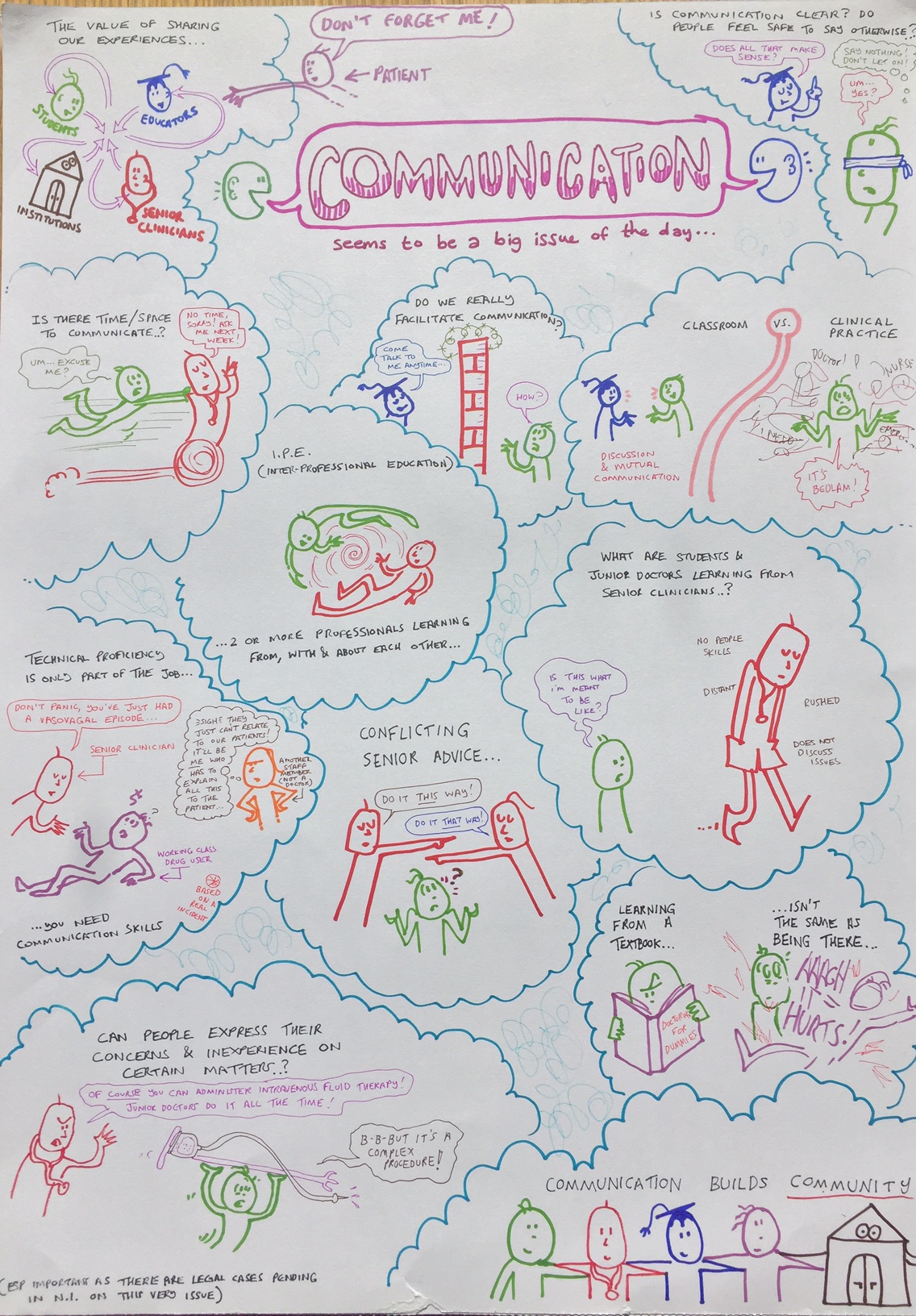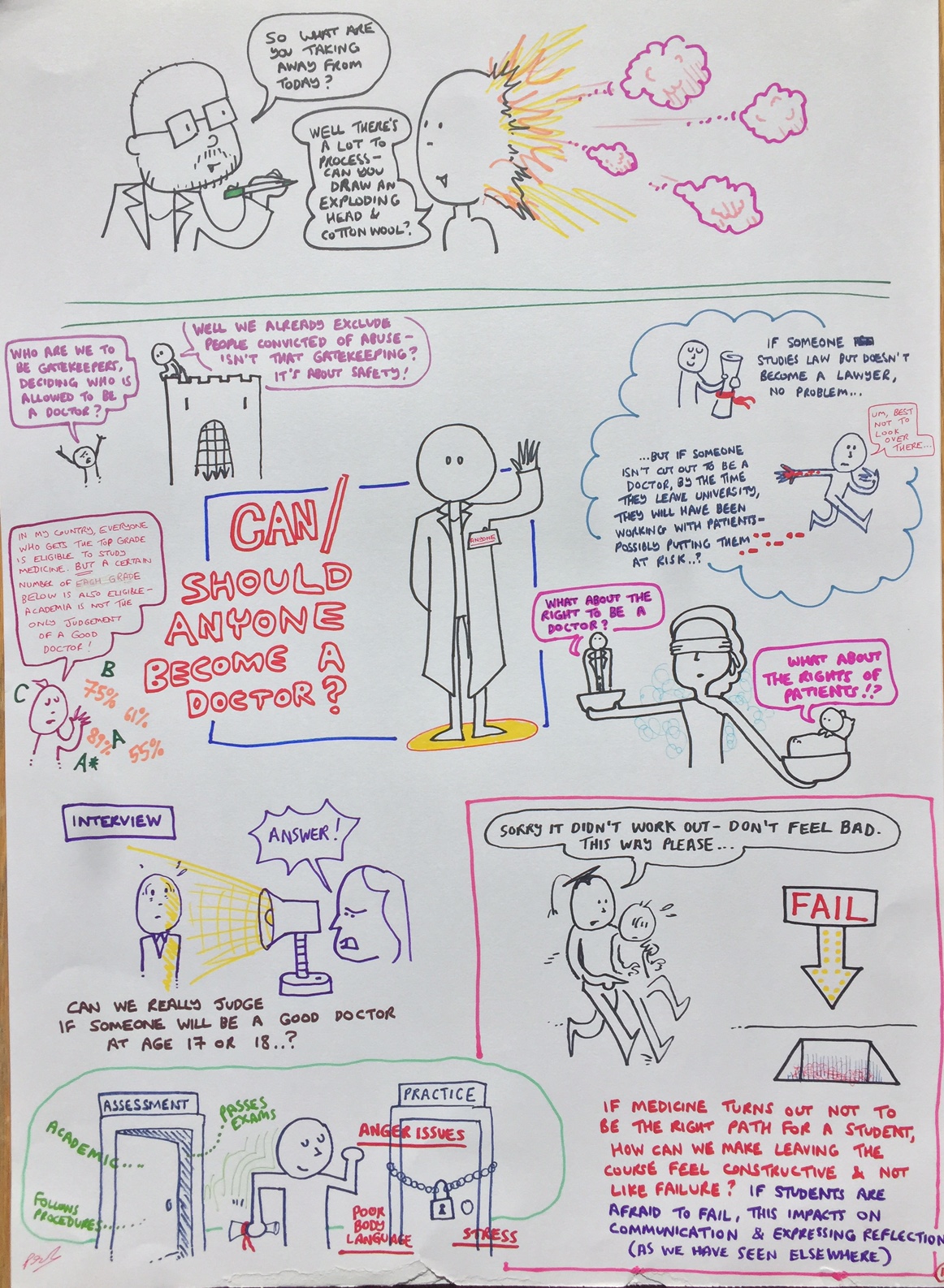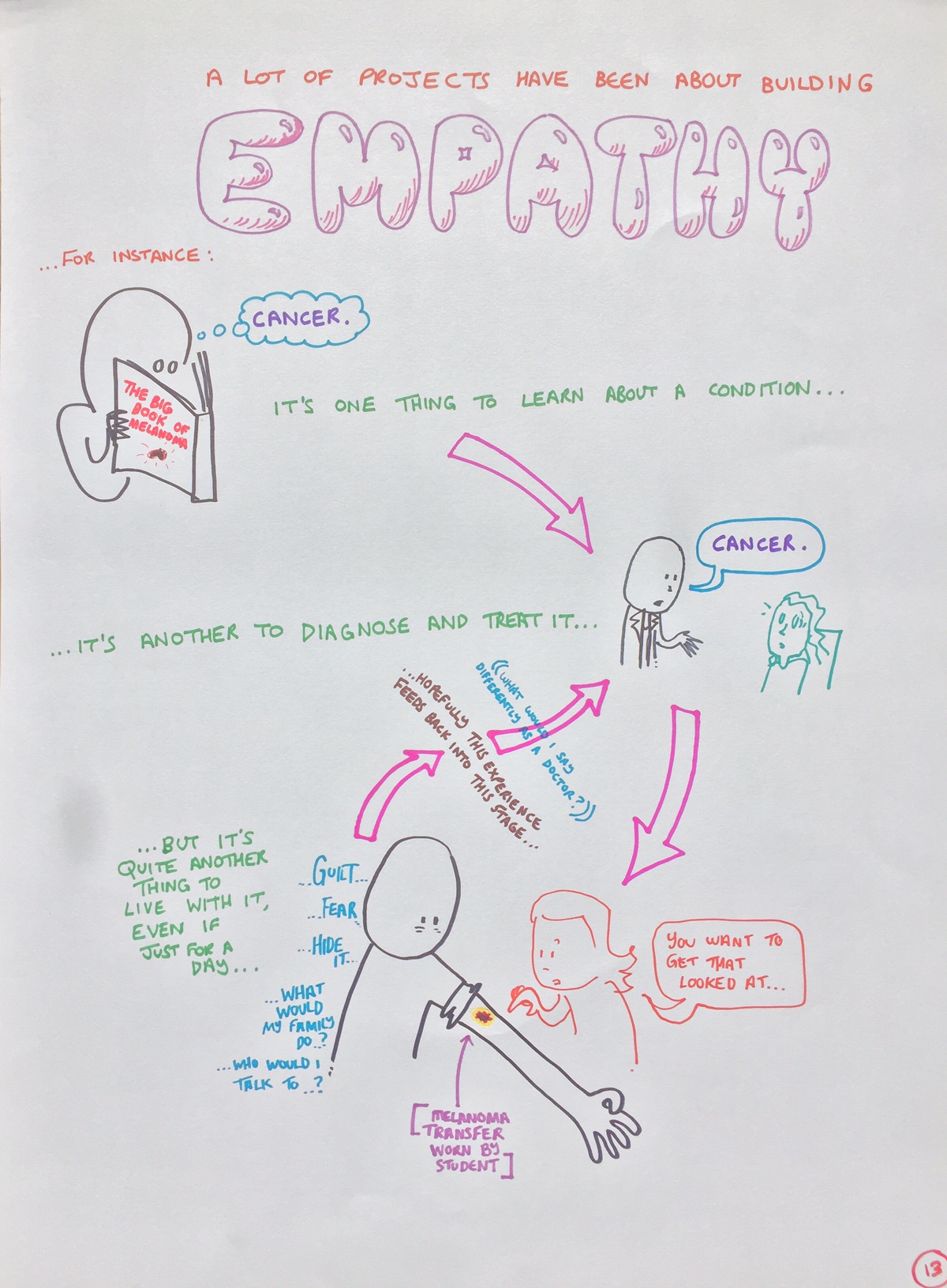INMED 2016: Conference Report
‘Back To The Future: From Insight to Innovation’
(for those of you who could not join us!)
INMED 2016 was held at the Belfast Hilton hotel on July 5th and 6th 2016. We normally run the INMED ASM in February of each year. This year, we arranged for the INMED ASM to run straight into the ASME 2016 conference, (also in Belfast) in order that we might join in the celebrations of 50 years of the journal Medical Education and to say thank you for all of ASME’s support in helping us to get started. We had an excellent conference over one and a half days. There were 70 attendees in all, which was remarkable given that it is summer holiday season and all of the other concurrent clinical and educational conferences in early July.
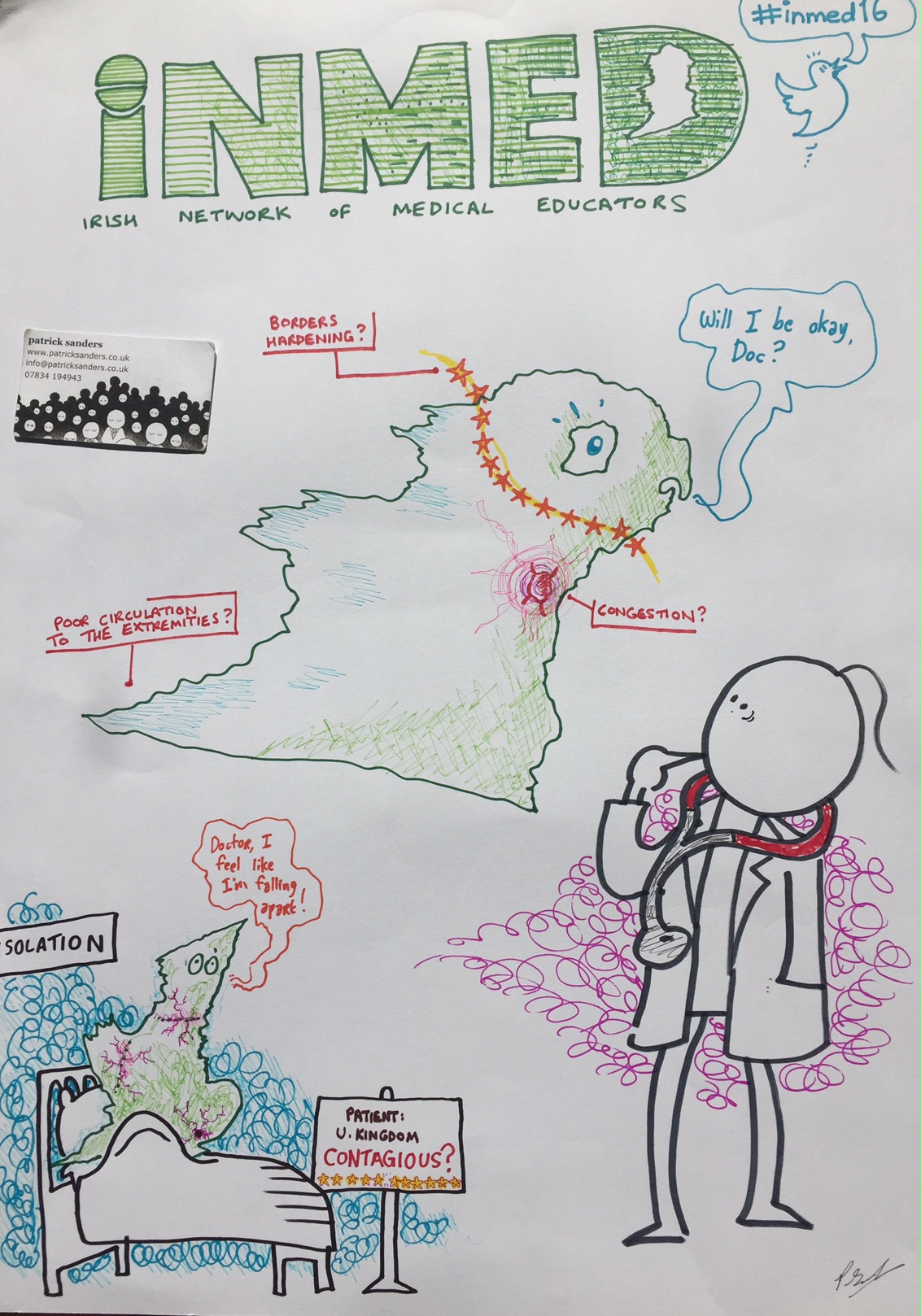 Theme and key messages:
Theme and key messages:
The 2016 ASM was focused on how insights into clinical and classroom learning from a search are and can be transferred into actual teaching practice.
One of several new things that we did during this conference was to employ a conference cartoonist. Patrick Sandars did such a good job capturing the essence of our conference through his excellent cartoons that I will structure the rest of this report around his drawings.
Kevin Eva, (Professor and Director of Educational Research and Scholarship at the University of British Columbia and editor-in-chief of the journal medical education) spoke about how research insights inform educational practice (Figure 1). As Patrick Sandars has illustrated, Kevin spoke about the tension between willingness to innovate in educational practice and the institutional focus on continuity and productivity. Kevin described how he developed a selection process, (multiple mini interview) that has become widely accepted and used around the world. (Figure 2) He uses as an example to describe how a good idea first of all arose from the tension between the differing perspectives of a creative group of people trying to address the challenges of fear and effective selection from medical school. Subsequently, the most important factor in the dissemination of MMI was the presence of followers; (Figure 3). Thus, for any new idea to gain traction, there needs to be robust internal dialogue to ensure buy in and then there needs to be a focus on how to encourage followers.
Erik Driessen, (Professor of Medical Education and Chair of the Department of Educational Development and Research Maastricht University and editor in chief of Perspectives on Medical Education) spoke about educational insights that should form part of any and every undergraduate and postgraduate medical curriculum. Using PhD theses as his foundation he explored a range of themes in medical education, two of which are highlighted in Patrick’s cartoons, (Figures 4 & 5). The ideas presented ranged from student study habits to how we can attend to the holistic development of students over and above the production of technically competent doctors. Standing back from the PhD publications, Eric suggested that a critical factor in spreading the word about research insights is how well researchers tell the story of the research in a manner that reaches beyond the academic community where the research is usually published, (Figure 6).
From paper to electronic posters
The conference moved from paper to electronic posters for the first time and we had some excellent presentations across a range of fascinating subjects. The advantage of an electronic poster is that the presenter can focus down on one or two important issues and also is usually not competing with the noise from other poster presentations at adjacent boards. This is an innovation that we will persist with in the future.
Talking Tables
Another innovation was the idea of talking tables over lunch. Rather than simply providing tables where people could eat their food, we set up tables with a theme such as student feedback or student selection on each table. We also provided stimulating issues or questions that participants sitting at a themed talking table could or should talk about. Each table was chaired by an expert in the table theme.
Student-Led
Later in the day we had a wonderful student led session on the theme of dangerous ideas in medical education. Five medical students presented dangerous ideas that they would like to see implemented in medical schools. These ideas were debated with the audience and in the end the audience voted for what they felt was the most dangerous and yet most applicable idea. Crea Carberry and Lisa Moran have provided a summary of the dangerous idea session here – Patrick, our cartoonist illustrated some of their ideas in this cartoon, (Figure 7).
Finally, Patrick also wanted to highlight some strong messages from the conference and he has illustrated these in the following three images, (images 11, 12 and 14 here).
Our next INMED event is a symposium for clinical teachers at Temple Street Hospital, Dublin on the morning of September 30, 2016.
Not to be missed in 2017 is the INMED ASM at the RCSI, Dublin on February 27, 28th and March 1, 2017.
See you there…


